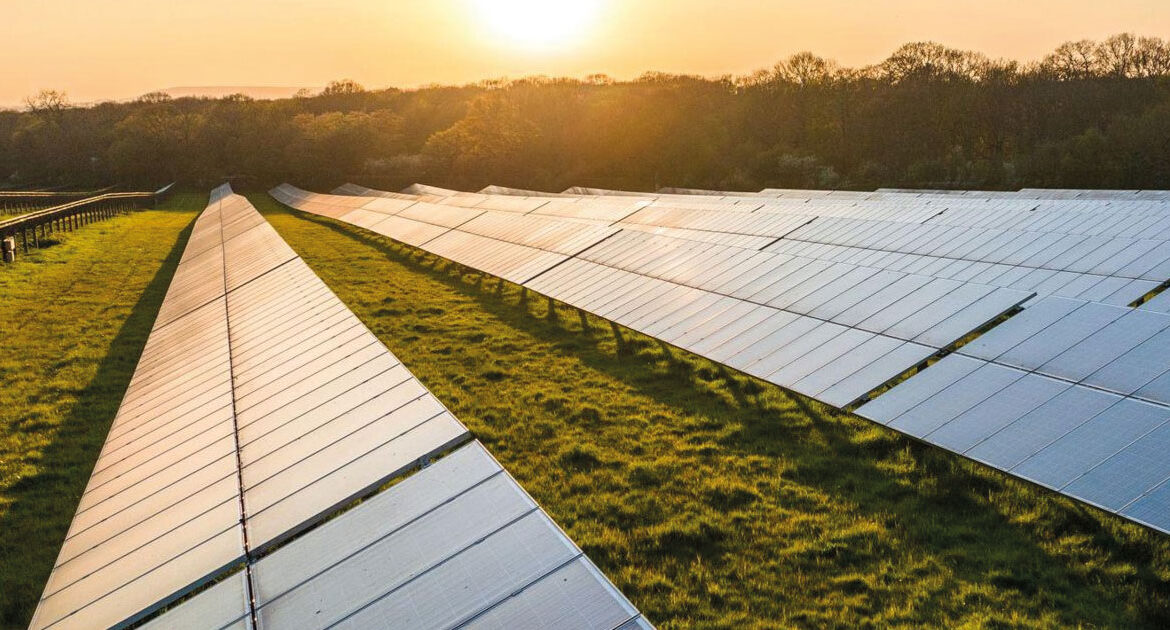Building a Sustainable Future: Key Policies for Cleaner Power Generation
By Steffan Messenger,BBC Wales environment correspondent

As the world grapples with the urgent need to address climate change and reduce greenhouse gas emissions, the transition to cleaner power generation has become imperative. To accelerate this transition and foster a sustainable energy future, policymakers must implement robust policies that incentivize the adoption of renewable energy sources, promote energy efficiency, and drive innovation across the power sector. Here are some key policies that need to be put in place to push for cleaner power generation:
Renewable Energy Mandates
One of the most effective policies for promoting cleaner power generation is the implementation of renewable energy mandates, also known as Renewable Portfolio Standards (RPS). These mandates require utilities to generate a certain percentage of their electricity from renewable sources such as wind, solar, and hydroelectric power. By setting ambitious targets and deadlines, governments can create a strong market demand for renewable energy and stimulate investment in clean energy infrastructure.
Feed-in Tariffs and Net Metering
Feed-in tariffs (FITs) and net metering policies are essential for incentivizing the deployment of distributed renewable energy systems, such as rooftop solar panels. FITs guarantee a fixed price for renewable electricity generated by small-scale producers, while net metering allows consumers to offset their electricity bills by selling excess energy back to the grid. These policies not only encourage investment in renewable energy technology but also empower individuals and communities to participate in the clean energy transition.
Carbon Pricing Mechanisms
Implementing carbon pricing mechanisms, such as carbon taxes or cap-and-trade systems, is critical for internalizing the social and environmental costs of carbon emissions. By putting a price on carbon, governments can create economic incentives for power producers to invest in cleaner, low-carbon technologies and reduce their carbon footprint. Carbon pricing also provides a revenue stream that can be reinvested in renewable energy projects, energy efficiency initiatives, and climate adaptation measures.
Energy Efficiency Standards
Improving energy efficiency is a cost-effective way to reduce greenhouse gas emissions and enhance energy security. Policymakers should establish minimum energy efficiency standards for appliances, buildings, and industrial processes, incentivize energy-efficient practices through financial incentives and rebates, and promote the adoption of energy-efficient technologies and practices across all sectors of the economy. By prioritizing energy efficiency, governments can lower energy costs, create jobs, and reduce emissions.
Research and Development Funding
Investing in research and development (R&D) is essential for driving innovation and advancing clean energy technologies. Governments should allocate funding for R&D initiatives aimed at improving the performance, reliability, and affordability of renewable energy sources, energy storage systems, grid modernization technologies, and other clean energy solutions. By supporting innovation, policymakers can accelerate the transition to a low-carbon economy and unlock new economic opportunities in the clean energy sector.
Conclusion
In conclusion, implementing strong policies to promote cleaner power generation is essential for addressing the urgent challenges of climate change and transitioning to a more sustainable energy future. By enacting renewable energy mandates, incentivizing distributed generation, pricing carbon emissions, promoting energy efficiency, and investing in research and development, governments can create an enabling environment for the widespread adoption of clean energy technologies. It’s time for policymakers to take bold action and lead the way towards a cleaner, greener, and more prosperous future for all.




Kevin Martin
It has survived not only five centuries, but also the leap into electronic typesetting simply fee text aunchanged. It was popularised in the sheets containing lorem ipsum is simply free text.
Jessica Brown
It has survived not only five centuries, but also the leap into electronic typesetting simply fee text aunchanged. It was popularised in the sheets containing lorem ipsum is simply free text.